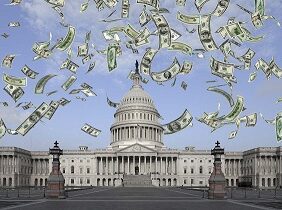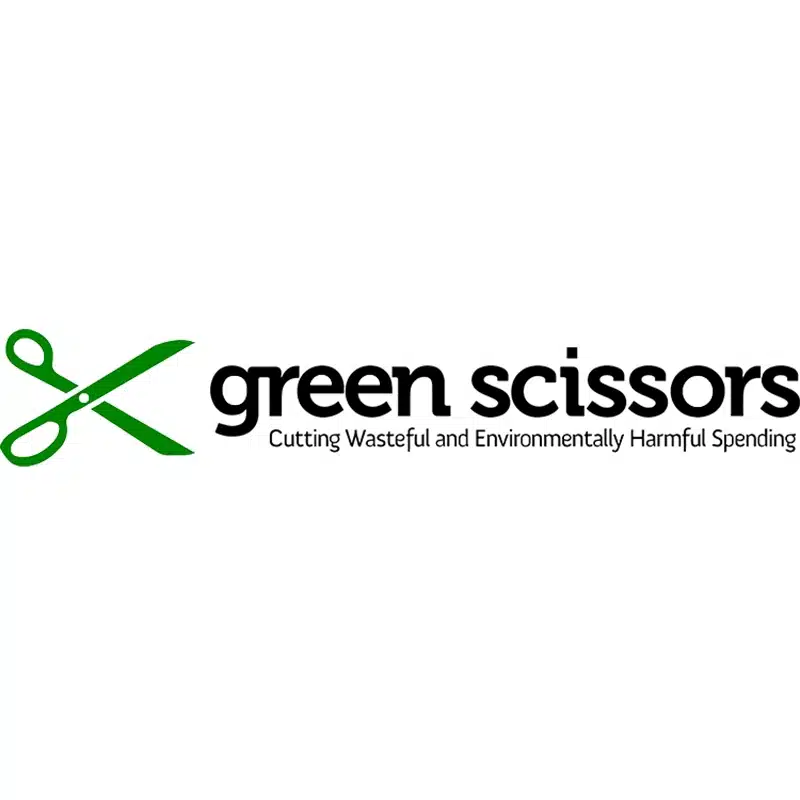The U.S. Government Accountability Office and conservative think tanks agree on one point when it comes to farm programs: They should be cut.
While subsidies have long been accepted as a way to keep food prices cheap, and nutrition programs for the needy have been broadly supported, times have changed. Farmers now operate much larger and robust farming operations than when the programs were put in place.
Critics cite very wealthy farmers’ subsidies. Free-market conservative groups, such as the Heritage Foundation, Cato Institute, National Taxpayers Association and Taxpayers for Common Sense, all testified in September to the House Agriculture Committee that subsidies should be reduced.
“Now is the time to reform the farm safety net subsidies,” said Joshua Sewell of Taxpayers for Common Sense. He said bankruptcies are low and farm income is up. “Leaving federal crop insurance programs unexamined is the height of irresponsibility, particularly considering our runaway budget deficit.”
Republican Glenn Thompson of Pennsylvania, chair of the House Agriculture Committee, invited the conservative groups to speak.
According to testimony, median farm income is more than $90,000 for typical farms and $3 million for large commercial farms.
“I don’t think taxpayers should continue to subsidize high-income farms,” said Bryan Riley, of the National Taxpayers Union.
Riley called the subsidies a form of welfare “for those farms that don’t need it. Big farms don’t need all these subsidies, and yet the top 10 percent of farms do get a majority of subsidies. Not the small farmers,” Riley said. “Up to now, we have provided unprecedented subsidies to farmers. It is time to reform farm subsidies.”
The General Accountability Office said crop insurance subsidies to some 1,000 wealthy farms is a waste of taxpayer money.
The independent, non-partisan agency said some 1,341 farms, including 41 in Minnesota with income of $900,000 annually, should not be getting subsidized crop insurance.
The farms would likely buy the insurance without the subsidy and, if the premium was reduced even 15%, taxpayers would save $15 million, according to the GAO report. The high income group represents just 0.5% of the 460,000 enrolled in the crop insurance program, the GAO study says.
Some Minnesota farmers agree that the subsidies should be reduced, according to a report in the Star Tribune. Gary Wertish, president of the Minnesota Farmers Union, said small farmers rely on the crop insurance program, but his group is open to reform. He noted the USDA does not put income limits on the crop insurance program as it puts on other farm programs.
It appears there is a growing groundswell of support for reining in these programs that pay out tax dollars to those who don’t really need them.
Farm programs seem ripe for reform.











Get Social